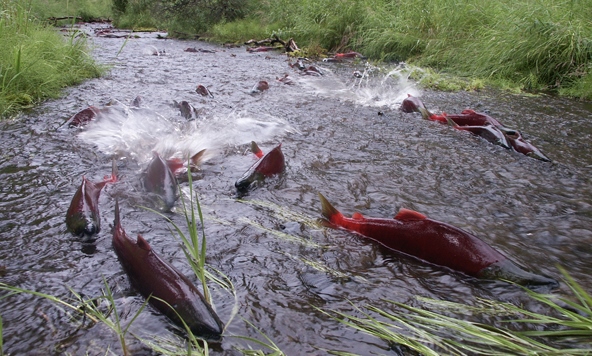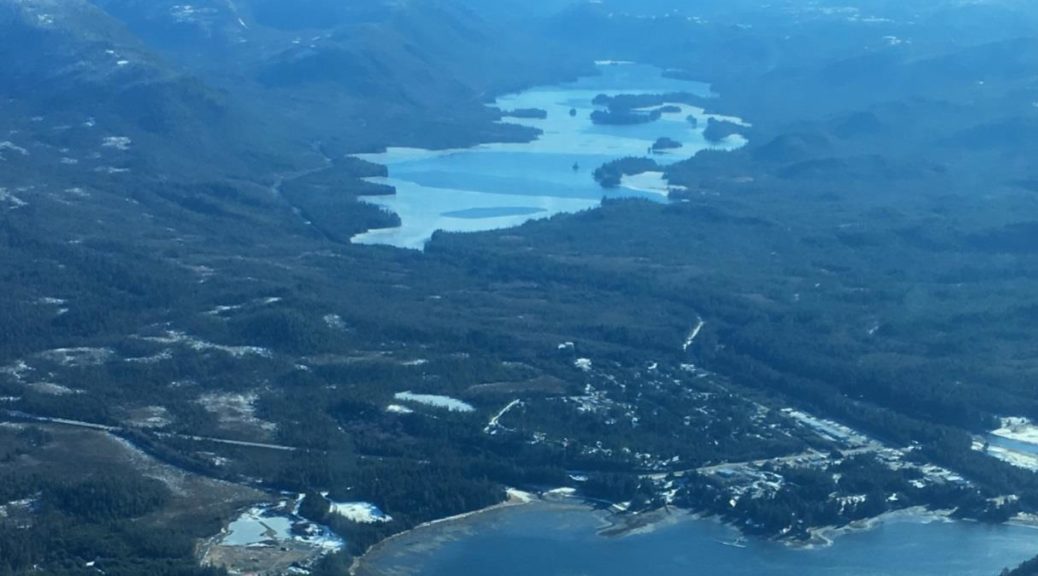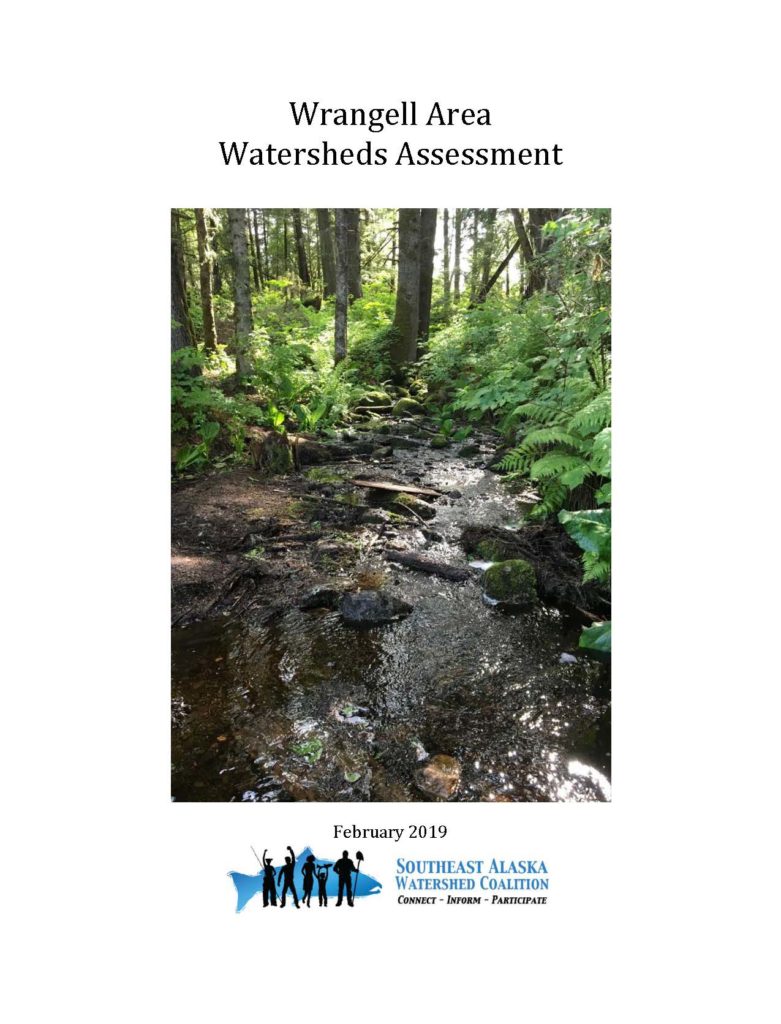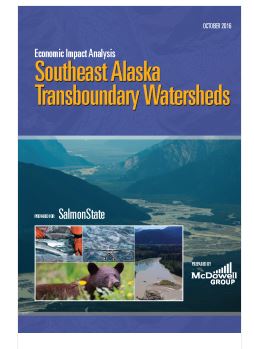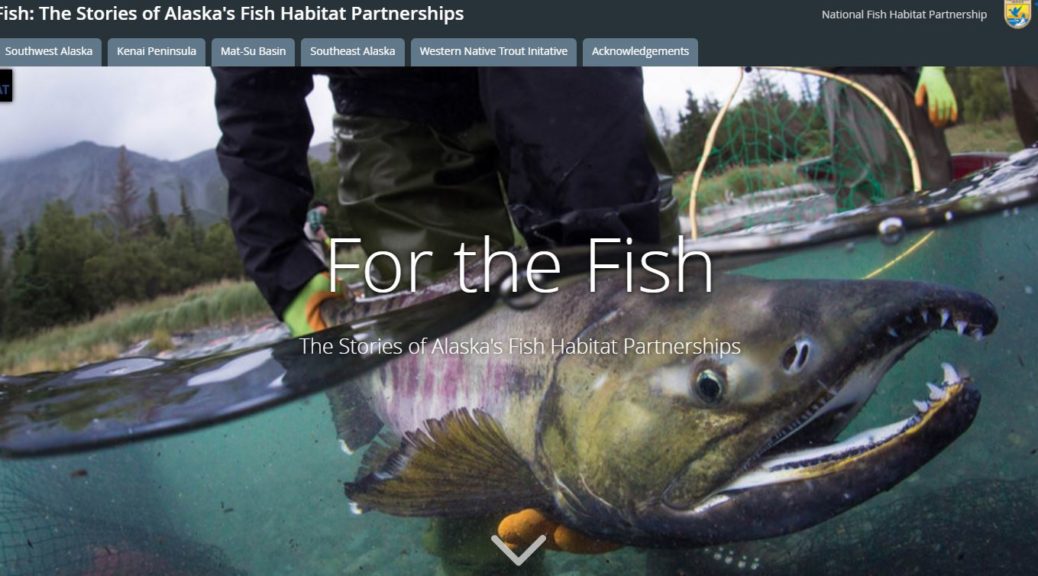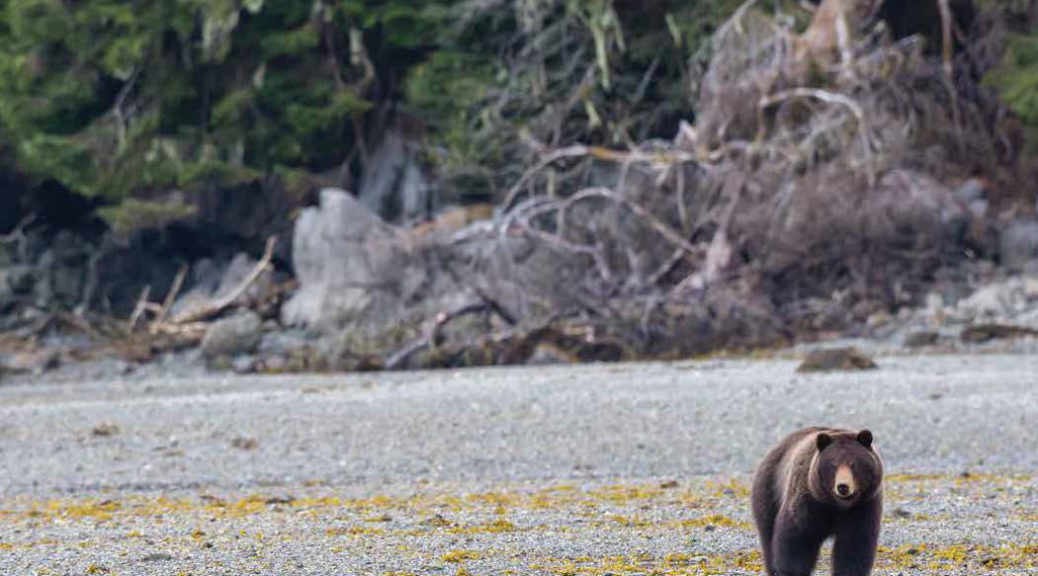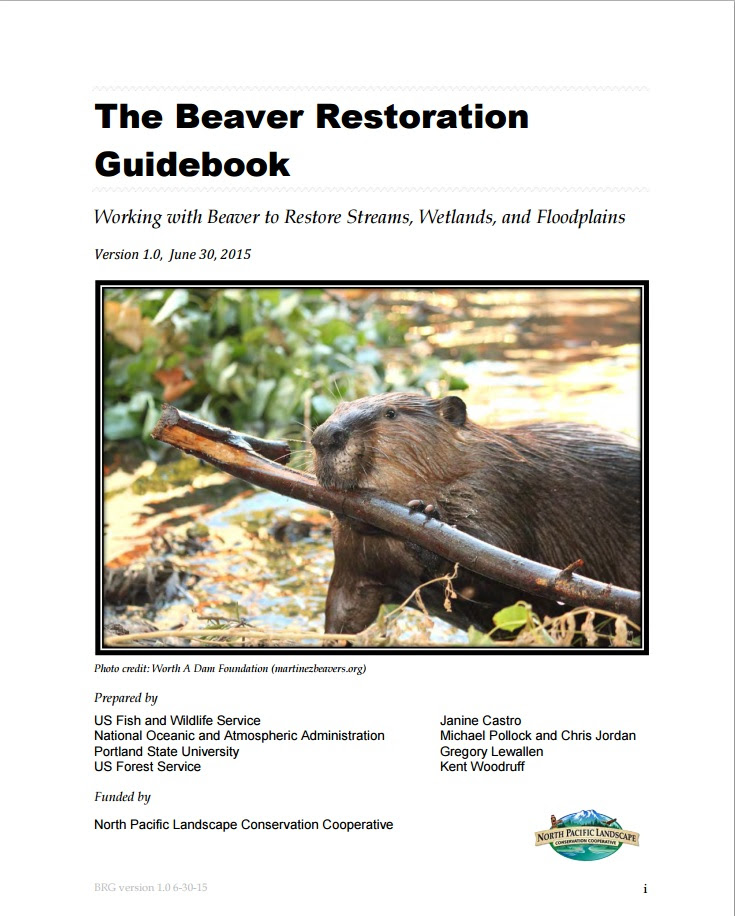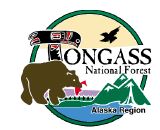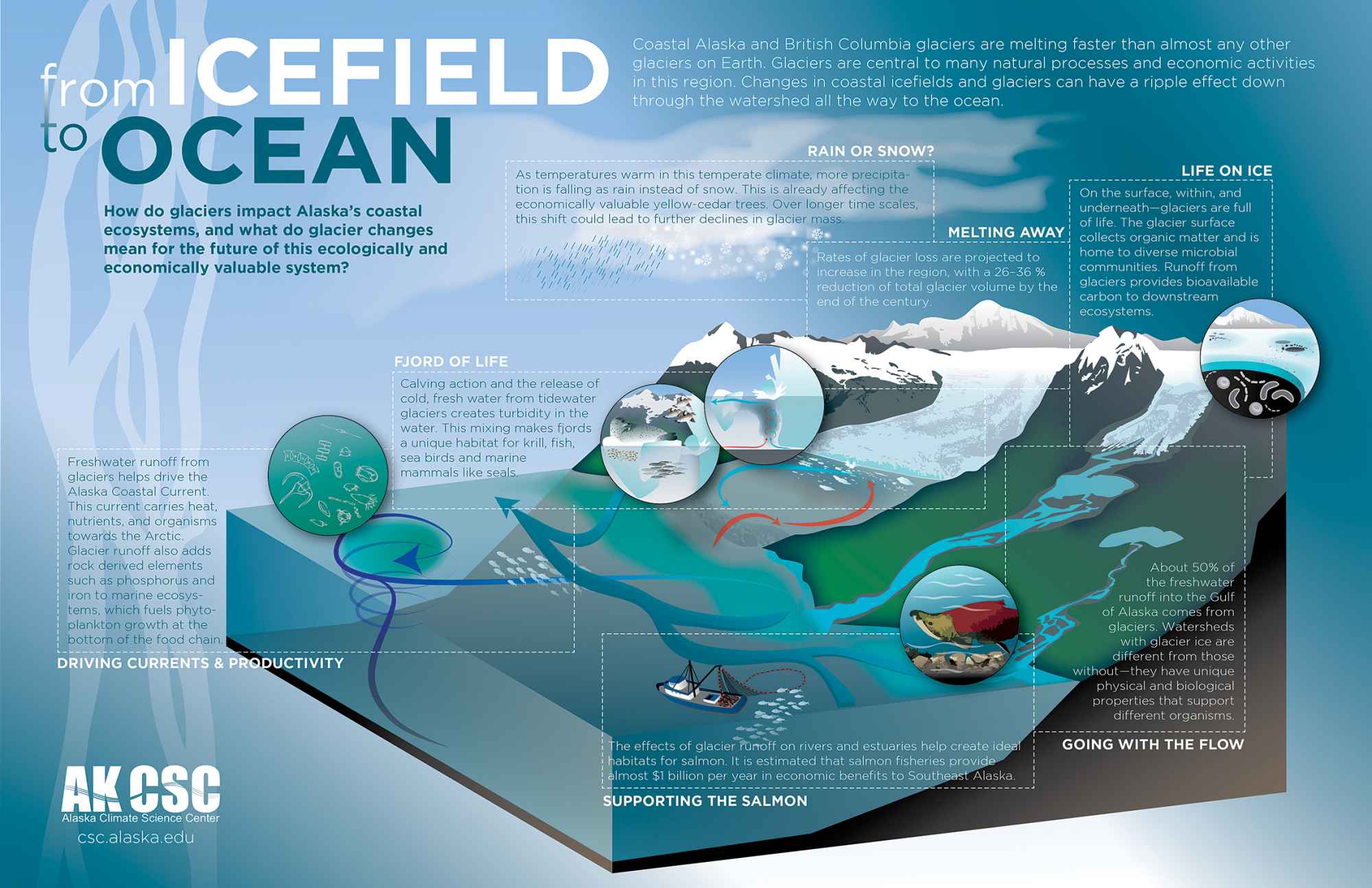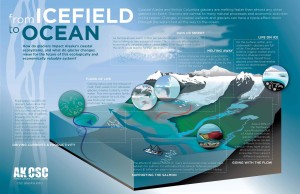Check out the new report on the value of Alaska’s “forest fish”: Johnson et al 2019: https://www.fs.fed.us/pnw/pubs/journals/pnw_2019_johnson002.pdf
Abstract
Forested landscapes support a diversity of ecological processes and organisms having direct value to society. Assessments placing monetary value on forest processes and organisms can help inform management actions affecting these ecosystem services. The temperate rain forest ecoregion along the west coast of North America is home to five
species of Pacific salmon Oncorhynchus spp. that support subsistence, personal-use, sport, and commercial fisheries. This study aimed to quantify the number and monetary value of commercially caught Pacific salmon originating from Alaska’s Tongass and Chugach national forests, two adjacent national forests containing some of the world’s largest
remaining tracts of intact temperate rain forest. The proportion of commercially harvested wild Pacific salmon originating from streams and lakes within national forest boundaries was estimated by subtracting hatchery salmon and salmon originating outside national forest areas from the total commercial catch. The Tongass and Chugach national forests were major contributors to the overall number and value of commercially caught Pacific salmon in southeastern and southcentral Alaska. From 2007 to 2016 these national forests contributed an average of 48 million Pacific salmon annually to commercial fisheries, with a dockside value averaging US$88 million (inflation adjusted to the base year 2017). These “forest fish” represented 25% of Alaska’s commercial Pacific salmon catch for this time period and 16% of the total commercial value. These findings emphasize the importance of Alaska’s forest rivers and lakes for sustaining Pacific salmon and can contribute to discussions about alternative land management strategies that might impact Pacific salmon populations and associated commercial salmon fisheries.

